The European Union is not short on strategy. Less than a year after the Artificial Intelligence (AI) Act entered into force, the European Commission outlined two strategies on the same day — the Apply AI Strategy and the AI in Science Strategy. New initiatives are expected shortly on data, cybersecurity, and industrial policy as well.
While each piece has its own role to play, it’s less clear how they fit together, or what Europe expects to happen next.
The Apply AI Strategy aims to turn policy into practice. The AI in Science Strategy wants to scale research and computing power through a new European institute, the Resource for AI Science in Europe. Both are charged with the right words: ambition, sovereignty, excellence, and trust. However, Europe now finds itself with an expanding library of frameworks on AI, while businesses — the ones meant to make this a reality — are still waiting on a user manual.
The adoption figures tell their own story. Only 13.5 percent of EU companies in 2024. Among small firms, fewer than one in five. The target for 2030 is 75 percent.
That disconnect is something the Business Software Alliance (BSA) has heard repeatedly in our Tech-à-Tech conversations — our video series spotlighting the innovation and leadership of BSA member companies in Europe. Across sectors, the message has been unsurprisingly consistent: Companies recognize the potential of AI and want to utilize it responsibly and in accordance with the rules, but they need clearer guidelines, improved access to data and computing resources, and stronger skills pipelines to make that happen and drive adoption.
The AI Act is meant to help, but implementation has been uneven. Specific obligations for general-purpose AI systems began this summer, yet detailed guidance arrived only weeks before. Many European member states have not yet designated their national authorities. The Commission insists there will be “no stopping the clock,” which sounds firm enough, but leaves many wondering what time they’re supposed to be keeping.
It seems that the EU’s digital policies have reached a stage where almost everything is “strategic.” Every roadmap comes with another list of annexes, and ambition is turning in circles. As of now, it’s become difficult to see where the strategy ends and the delivery begins, and the question remains:
What would clarity look like?
It is BSA’s position that clarity would mean guidance that arrives well before the deadline of a new policy’s entry into force, enforcement and interpretation that are predictable across borders, and the courage to adjust when rules collide. It would also mean treating “sovereignty” and “openness” as two sides of the same coin, not competing agendas.
Europe has the ingredients to make something wonderful: a rich industrial base, world-class researchers, and a public commitment to human-centric innovation that many regions envy.
Yet while Europe plans, AI moves.
AI is already running ahead of the policymaking cycle that frames it. What’s missing is sequence, a sense of how to turn plans into progress, and whether Europe still remembers the dreams it’s been after.

